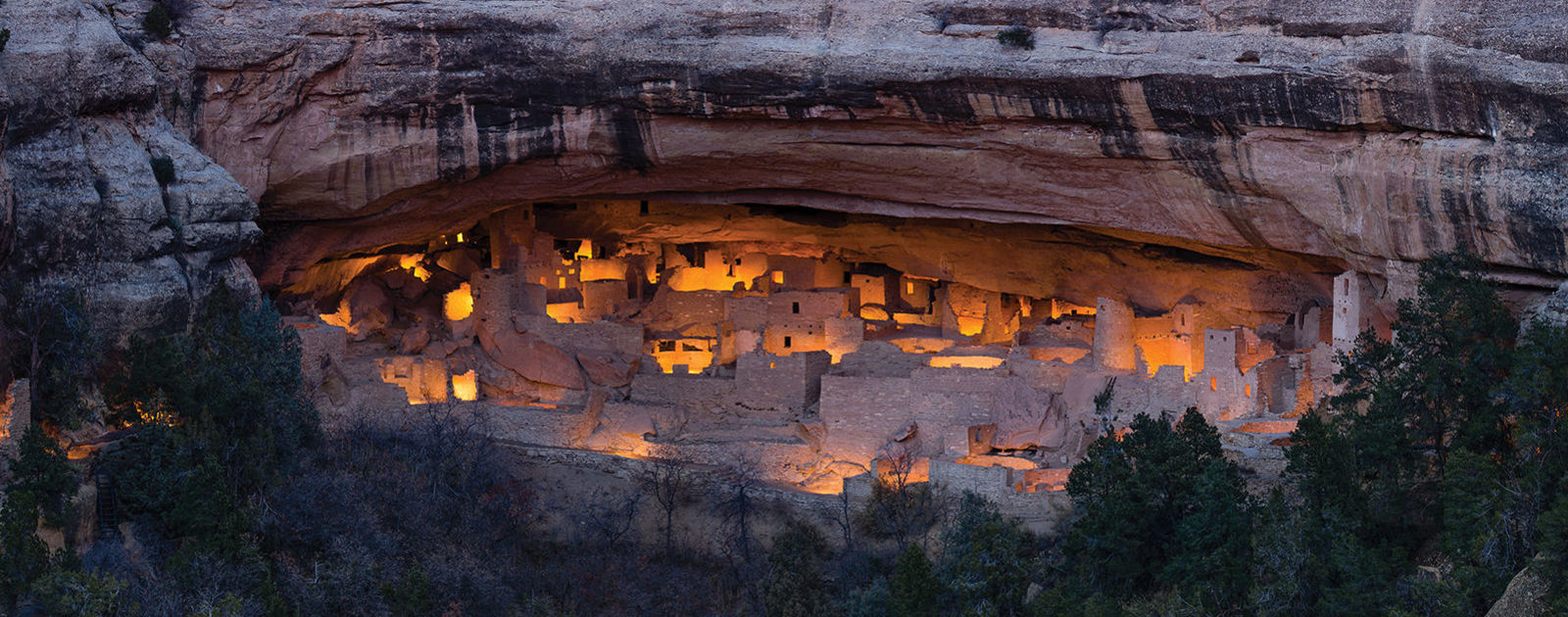Throughout that time, a variety of structures were developed, consisting of household, ritualistic, and public; these include both single- as well as multiple-story building and constructions, in addition to above- and belowground frameworks. Many extramural functions, such as preserving walls, were also built, and also areas of open area may have acted as outdoor public areas. At Crow Canyon, we specify an architectural block as a roomblock with its linked kivas, midden areas, and exterior surface areas as well as attributes. At Yellow Coat Pueblo, the exemptions to this meaning are the probable terrific kiva and also the feasible tank in the south-central section of the site. There go to least 22 fantastic kivas in Chaco Canyon, ranging in dimension from 33 to 75 feet in size (determined above each framework's stonework bench). Casa Rinconada is located within a half-mile of Pueblo Bonito and Chetro Ketl, both main great homes in Chaco Canyon, and develops a triad with Terrific Kiva A in Pueblo Bonito as well as the Great Shelter kiva in Chetro Ketl. A defined road leads straight from Casa Rinconada through the void between the two large platform mounds on the south side of Pueblo Bonito, and also check here it promises that the two frameworks were ritually linked.
The heavy influence of the El Niño-Southern Oscillation adds to the canyon's fickle environment. The park gets on the Trails of the Ancients Byway, among the designated New Mexico Picturesque Byways.

Cottage And Also Excellent House Websites At Chaco Canyon.

Regional growing conditions as well as water accessibility could additionally have spurred movements, as people shifted between momentary residences. Archaeologists came to the idea of Chaco as a crucial center in a sprawling network of neighborhoods in the late 1970s, after airborne surveys revealed the surprising level of roads, Chaco Astronomy approximately 30 feet vast, that connected them. Though differing in size, they share an even more formal format than nearby houses, a high requirement of elaborate masonry job that complies with the unique Chaco patterns, and compass-point orientation. Other common functions include famous siting and a routine landscape defined by kivas, a plaza, and such earthwork attributes as berms as well as roads.
- To many of us, Kivas are so unusual, therefore to be able to 'enter' a 3D reconstruction truly does aid to expand the circular, open pits we see at numerous historical sites in the American Southwest.
- Constructed from around 240,000 trees, your houses are some of the largest pre-Columbian structures in North America.
- Take an expedition to 3 "outlier" websites that have yet to divulge all their tricks.
- Visitor Center-- Drop In the Visitor Center to get maps as well as informative pamphlets about Chaco websites.
While their precise objective is unidentified prehistorically, excavators have been calling them kivas for about a hundred years and also it is most likely that some ritualistic or routine tasks took place in them. None of these kivas produced tree-ring dates, but Lekson considers them all to possibly date to the very early twelfth century or later. The ones in the southeast corner of Chetro Ketl, which are still subjected today as well as can conveniently be seen, are associated with a late plaza surface. Similar ones at Pueblo Bonito have actually mainly been backfilled completely and also are no longer noticeable, yet they probably date to the very same duration.
Wonderful Kiva.
1254+ vv indicates that the block was built during the late Pueblo III duration. The greatest ratio of rooms to kivas at Yellow Jacket Pueblo appears to have actually remained in the feasible Chacoan fantastic residence (Building Block 1900; see paragraphs 15-- 19), where only one kiva depression was observed yet various spaces were present. If Block 1900 was without a doubt a Chacoan wonderful home, it was most likely constructed sometime in between A.D. 1075 and also 1135 and also may have been among the earliest frameworks to be developed at the website. The information created as an outcome of Crow Canyon's excavations at Yellow Jacket Pueblo show that the site was lived in for about 220 years (see "Chronology").